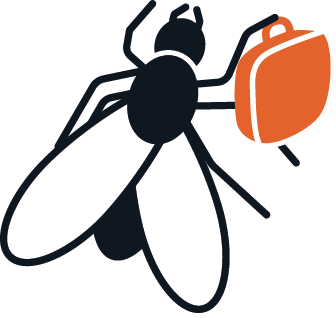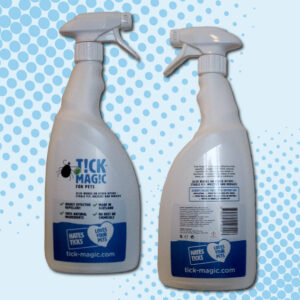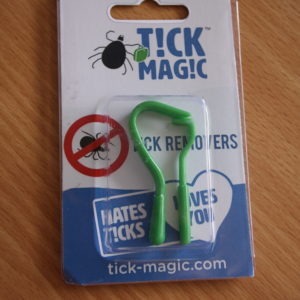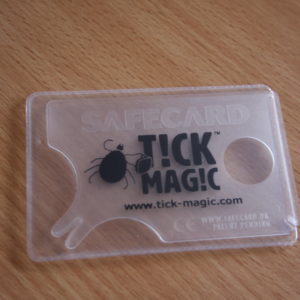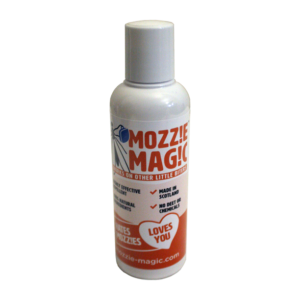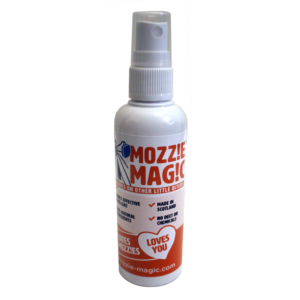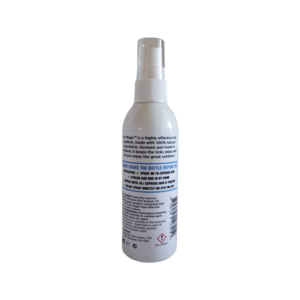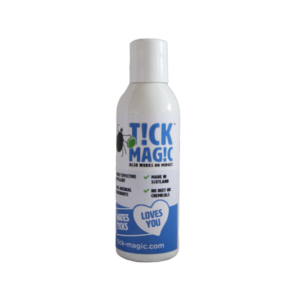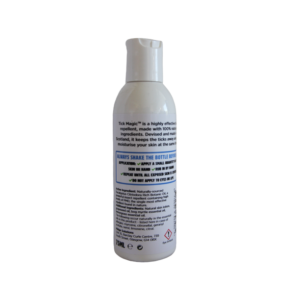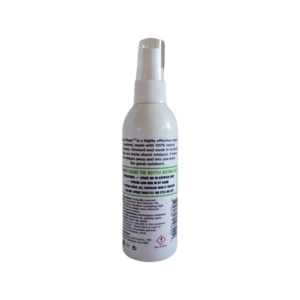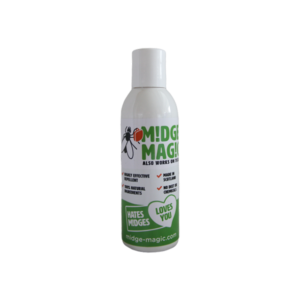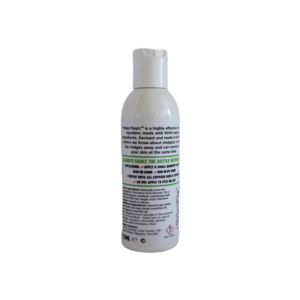ABOUT MIDGE SOLUTIONS
Midge Solutions is a Scottish family business, run by people who have worked and enjoy being out-and-about in Scotland, but HATE midges and other biting things.
We wanted to do more outdoors, but also needed to make sure that we were using natural products.
We hope that you find Midge Magic™ and Tick Magic™ effective and we’d love to hear how you’ve got on.
Please do pop up your images on Facebook or Instagram, or we’re happy to have a chat.
Thanks, Alistair
About Midges / Midgies
Midges are tiny flying insects with a wingspan of up to 3mm. There are around 30 species of midge in Scotland, but only the females of one species (Culicoides Impunctatus) are known to bite. Unfortunately, there are billions of them around.
Midges bite to obtain a blood meal which massively enhances the number eggs they are able to lay. They seek out this blood meal by following carbon dioxide trails caused by mammals breathing – we are mammals and make just lovely targets ! Midge Magic works by confusing their direction-finding and means they don’t find you.
Midge bites themselves are not dangerous or painful - what causes the intense irritation is our body’s slightly delayed immune response to the bites, and it is almost impossible to resist scratching midge bites once bitten.
Midges are most active in low-light periods of the day, when there is little or no wind, but even on sunny days you can find them swarming in sheltered shady spots. Midges normally emerge in early May, and are prevalent until September, but with the changing climate it’s quite common for midges to start appearing in mid April, and still be seen early October.
About Ticks
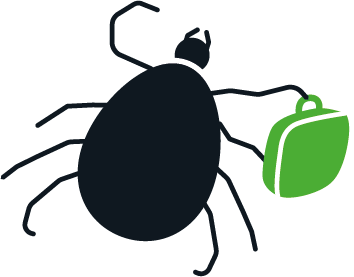
Here are two informative links for more in depth information about Ticks, bite prevention, and Lyme disease:
Ticks and lyme disease Tick Awareness Toolkit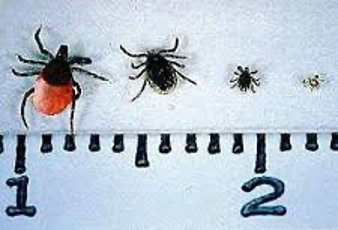
Ticks feed on the blood of birds and mammals – including us humans.
Ticks live in woodland, moorland, parks and anywhere there is wildlife. They don’t fly or jump, but climb on to animals or humans as they brush past.
Tick bites are not painful, but if not removed they will feed on the blood of their host for days until they drop off to lay the eggs of the next generation of ticks.
Ticks may be infected with a number of diseases, but the most concerning for us humans is Lyme disease which can be serious if untreated.
Prevention is better than cure, so to avoid tick bites cover up as much skin as possible, and use a repellent like Tick Magic. Tick Magic works because when a tick gets onto your skin or that of your pet, it does not simply bite you where it lands. A tick will move to a position on the body where it can bite and extract blood over an extended period with low risk of discovery. It is thought that when it reaches an area where repellent has been applied it abandons its quest and drops off without biting.
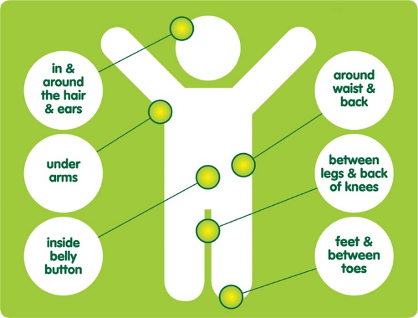
After moving through outdoor areas that might shelter Ticks, check carefully all over your body for ticks attached to your skin.
If you do find any ticks attached to you, remove carefully preferably with a special tick remover like those available from Tick Magic , then apply some antiseptic to the bite.
Keep an eye on the bite site. If a large red rash develops, or if you feel unwell, tell your doctor you've been bitten by a tick. A small, itchy spot is a normal reaction to a tick bite.
About PMD
PMD stands for Para Menthane 3,8 Diol. That’s the scientific way of describing the ingredient, the same way that H2O describes water.
It is a natural product, derived from the eucalyptus citriodora tree, native to Australia but now cultivated in many parts of the world.
PMD is a registered botanical insect repellent with effectiveness equivalent to DEET, which is why we use it as the key ingredient in the main active repellents for Midge Magic and Tick Magic.
For further information about PMD, it’s explained in more detail at:
What is citrepel


